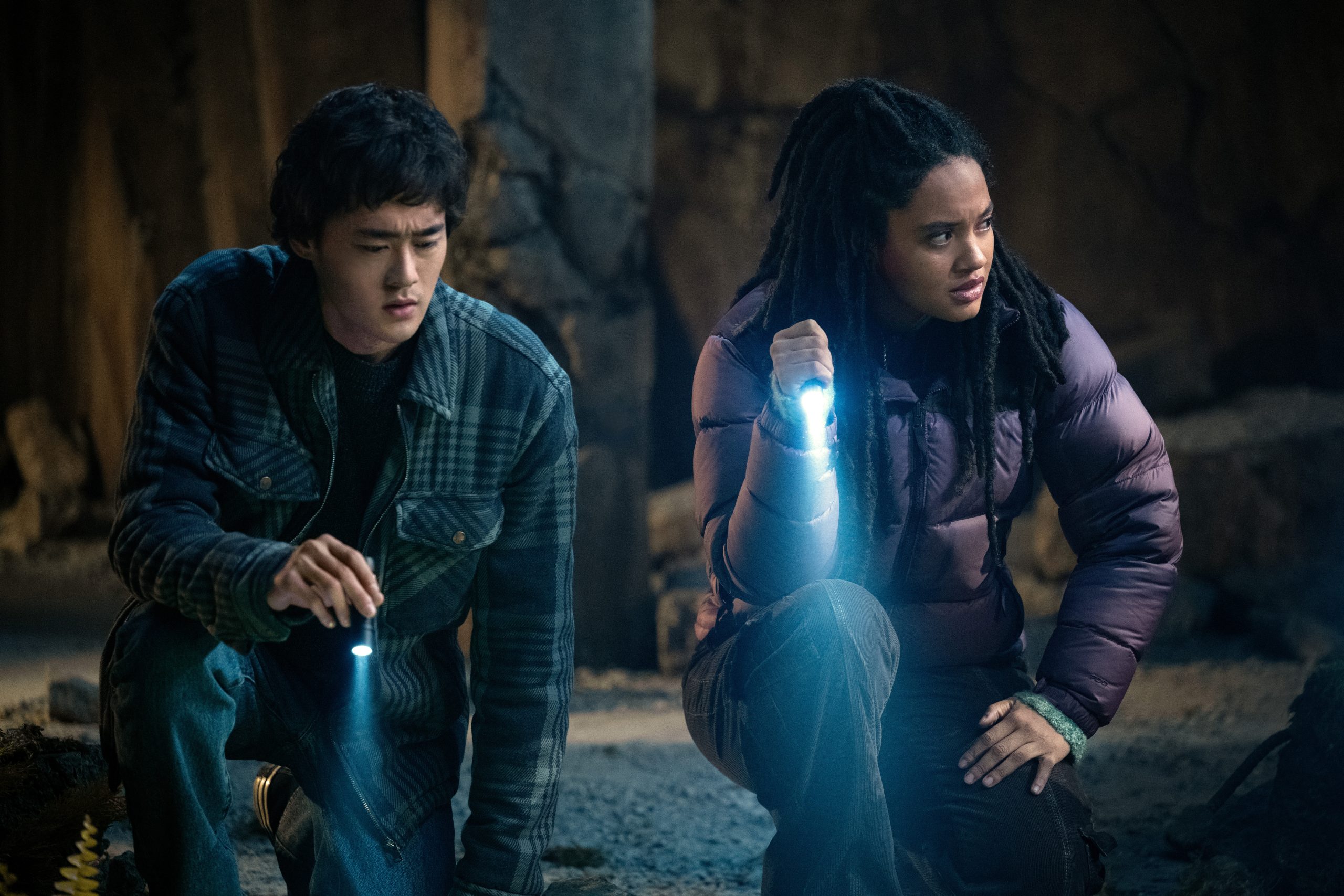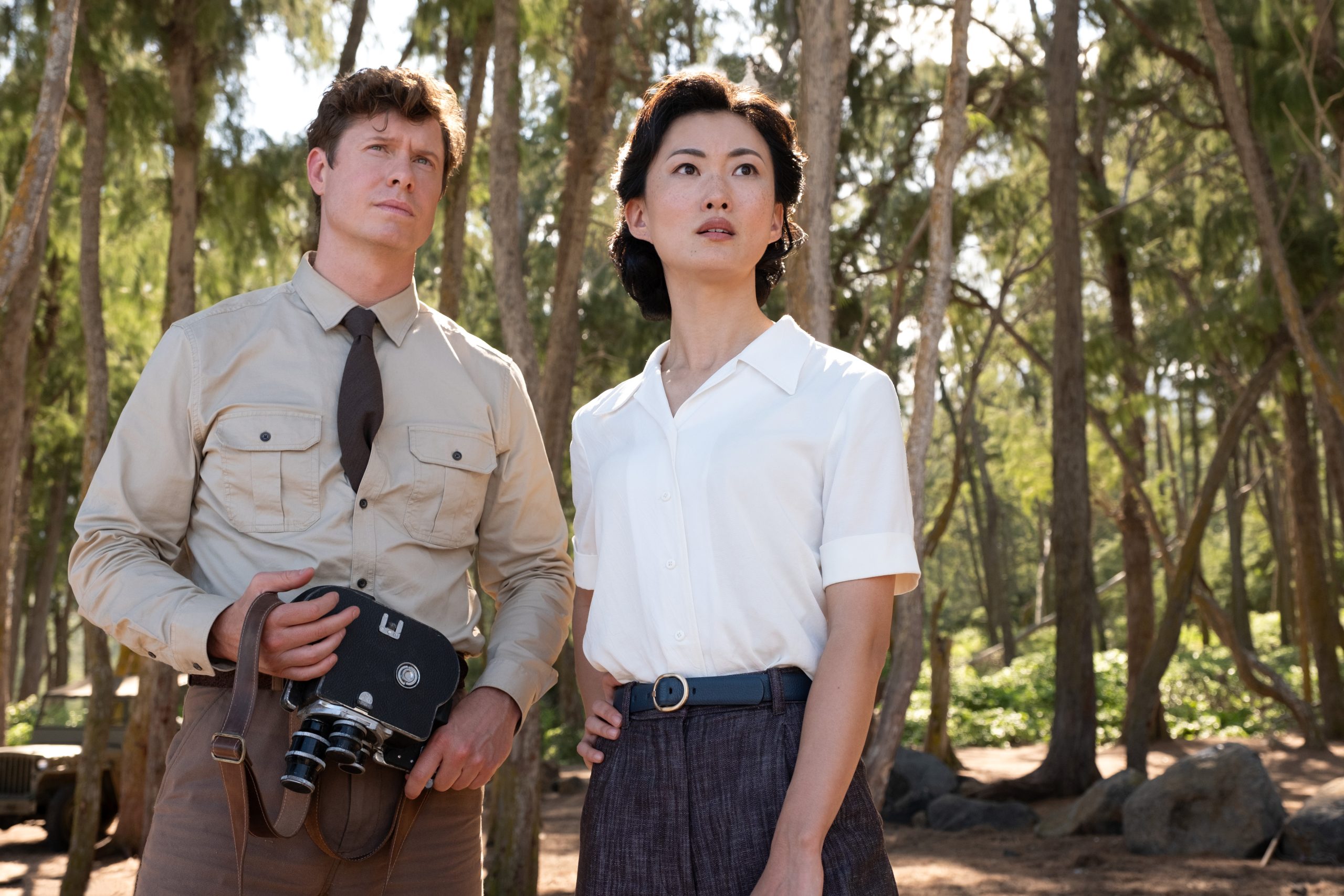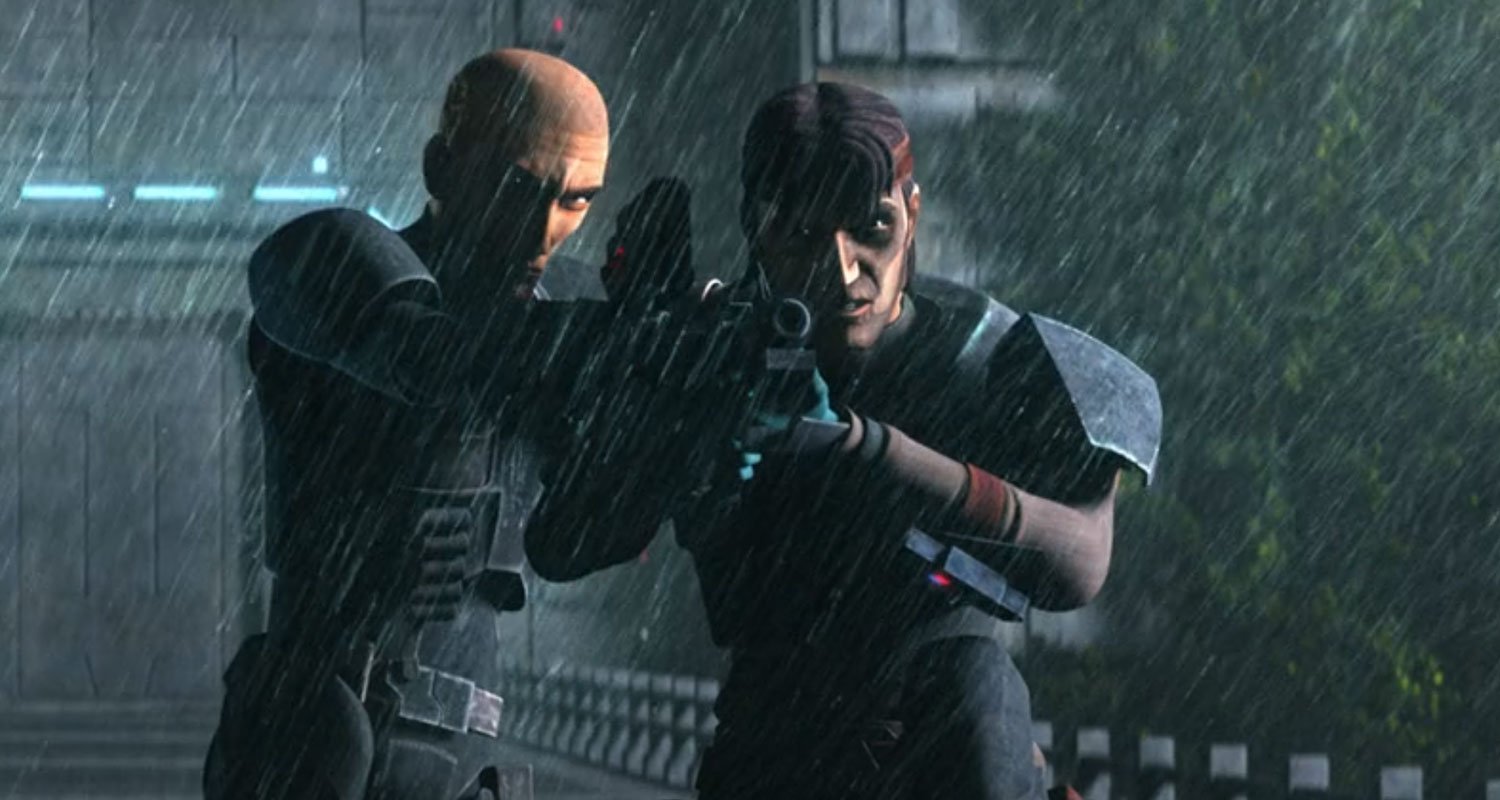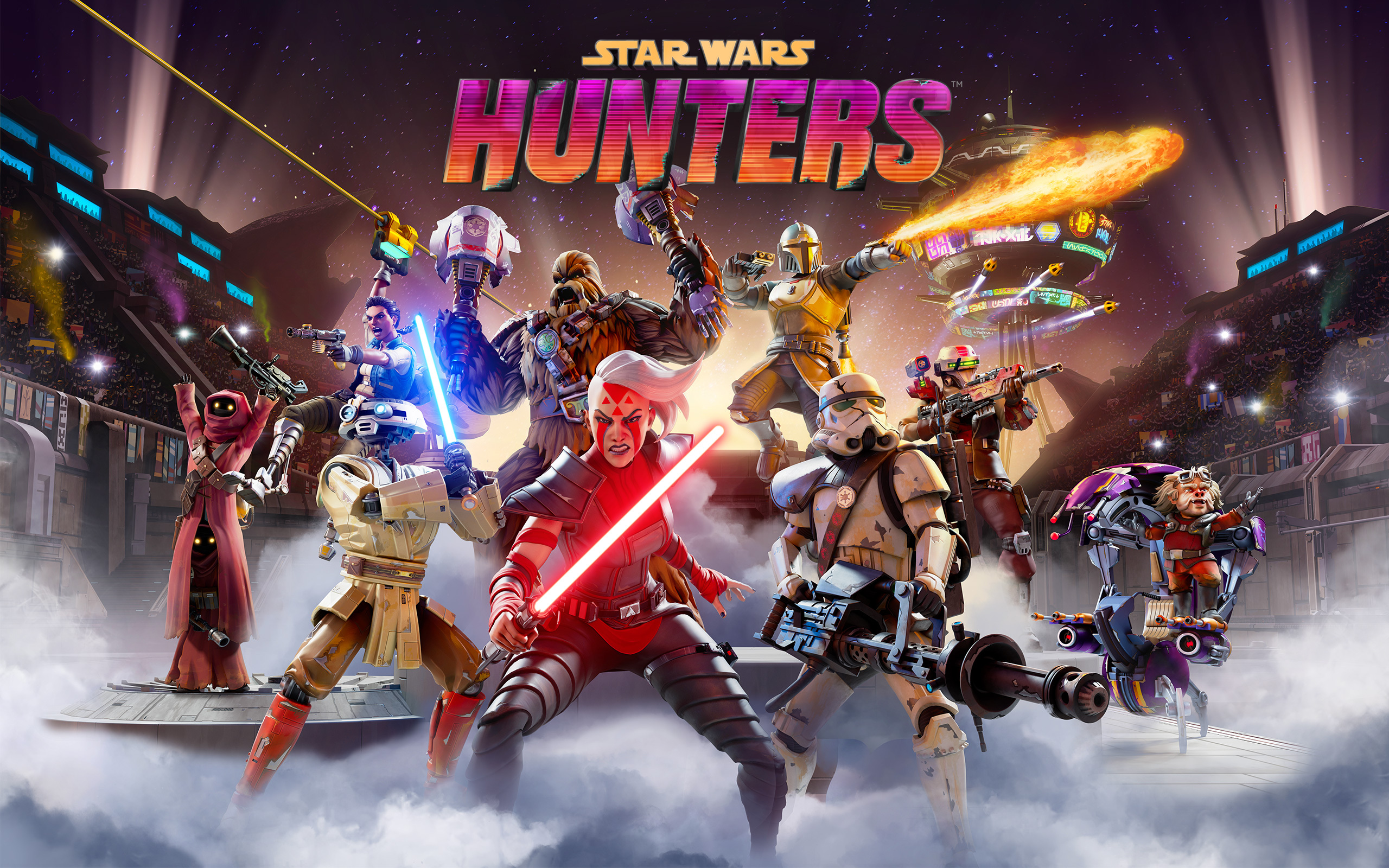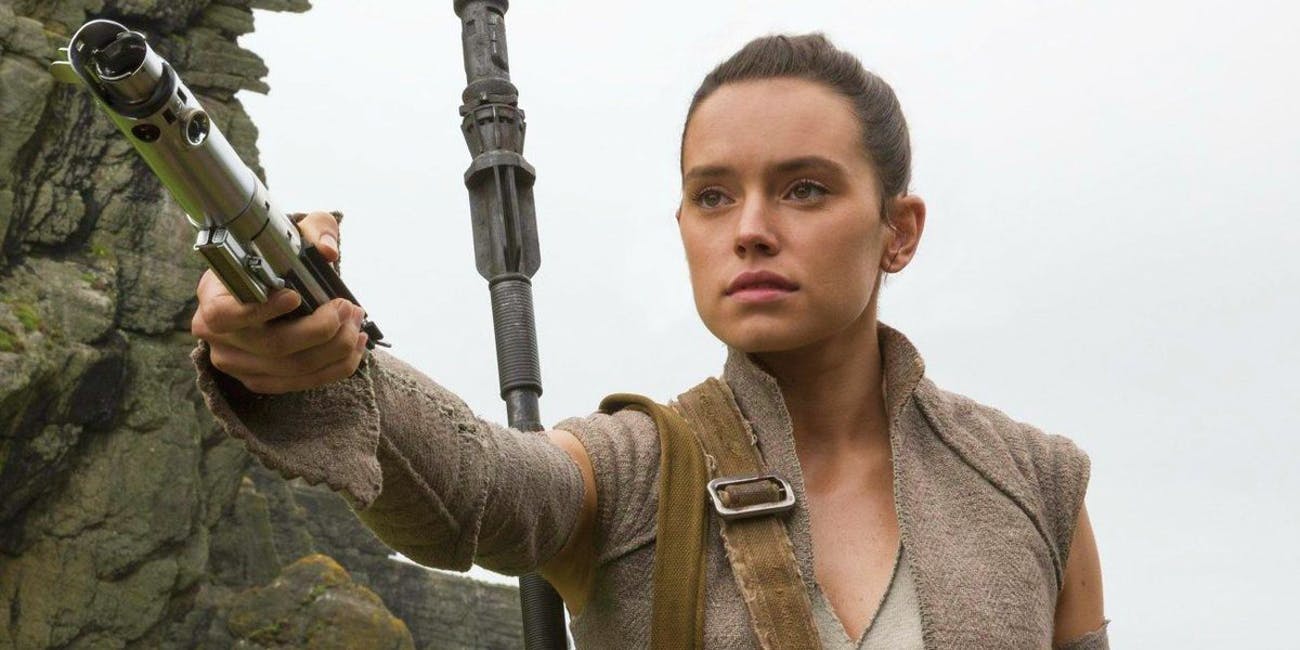‘Monarch: Legacy of Monsters’ Series Review – Apple Explores the Human Side of the MonsterVerse
The intention behind the new Apple series Monarch: Legacy of Monsters (produced by Legendary) is very clear from the first few moments of the first episode. Anna Sawai‘s Cate hops off the plane in Tokyo and stops by a sign that points to a route that must be followed should Godzilla attack. The message behind it: This is a series set in a world with monsters, yes, but the primary focus will be to study the day-to-day of how humanity reacts to the revelation that they are living with an ancient species dubbed Titans.
Godzilla’s attack in 2014, seen in Gareth Edwards’ film, is now referred to as G-Day, an ominous name that immediately explains its significance to the world. However, as explored in depth in the new series, that was just the first time the world at large realized these monsters were real. It was not the first time someone found out about it.
The existence of the organization called Monarch has been teased here and there throughout the MonsterVerse films, but it’s in Apple’s Monarch: Legacy of Monsters series that we finally get some answers. It’s not Legendary/Apple’s intent to pay off teases that may have been in the air for a decade, though. The series stands on its own, and in fact, even benefits from the notion of introducing new characters and storylines that are purely tangent to those we saw on the big screen. Not just because they tried their best to and succeeded at making a series that newcomers may still enjoy, but because for the writers, this was a series about people set in a world with monsters. Notice the order of the words there.
The highs of the first eight episodes, which Apple provided me with, are achieved when the real monsters are left aside and the writing focuses on the inner demons of our main characters. There is still a lot more Titan action than I initially expected, and it looks pretty good for a TV series. But the action sequences and the glorified and detailed shots of Godzilla or any of the other monsters that come along with him are not the point here. The writers, headed by creators Chris Black and Matt Fraction, were smart enough to populate the cast with characters that are inherently tied to the larger universe story, but that also have their own personal struggles that come hand in hand.
This is best exemplified by Cate (Sawai), a middle-school teacher who still suffers from PTSD after she witnessed from up close Godzilla’s attack (see header image). She travels to Japan at the beginning of the series to put her father’s affairs in order after he’s presumed dead, only to find out that he actually had a secret family on the other side of the Pacific — that immediately explains why he was always away (!). As it turns out, she has a half-brother named Kentaro (Ren Watabe; so far, tragically underwritten). But it only gets crazier from there, as the two of them start to go through their father’s office and start to uncover a connection to a mysterious organization known as Monarch.
As they start to pull from that thread, they recruit a few allies and set off a few alerts from future foes. To decipher some encrypted files (insert your best attempt at sci-fi computer mambo-jumbo), they bring along Kentaro’s ex-fling (?), who does “computer shit”. She’s May, played by Kiersey Clemons, and though her backstory, explored later in the series, is one of the most compelling arcs in the narrative (aside from Cate’s), Clemons is hardly believable in the role — partly because of her exaggerated looks, but also because of a mostly one-note performance. The three of them start going down the rabbit hole and raise more questions than answers they can find, until they eventually land on Colonel Lee Shaw (Kurt Russell). By that point, though, we have already met this character.
The series is set in two different timelines. One is post-G-Day (we shall call it present-day, even if it’s not 2023), while the other takes place during the early days of Monarch, during the 1950s, when everything seemed possible and terrifying, and also terrifyingly possible. In the beginning, the organization was founded as a true collaboration between the military and the scientific community. The former is represented by Lee Shaw (Wyatt Russell — father and son play the same character in different eras), who has a general to answer to (played by Russell’s Under the Banner of Heaven co-star Christopher Heyerdahl) and a façade to bring down over the next few years. The latter is represented by Dr. Keiko Miura (Mari Yamamoto) and William Randa (Anders Holm).
One of the most compelling aspects of the series is the mystery box approach the writers take to Monarch. Some of the answers may seem obvious to those who have watched the films, yet they are also a good way to catch everyone up to speed who either hasn’t watched the movies or just doesn’t remember anything from them that doesn’t involve two giant CGI creatures fighting it off. This is also why the present-time storyline is a lot more interesting, as there is an actual appetite created by the writers that encourages the viewer to go from one scene to the next. It’s not just because we care about the characters, but also because we want to know what happens next. At its best, Monarch: Legacy of Monsters manages to strike the right balance between plot and story — in addition to fully exploiting the high-budget series approach it takes.
At the same time, the dynamics of the main characters in the flashback are pretty much the only thing that holds their subplot together. The writers were also smart to do time jumps within this storyline, as not every aspect was essential to what they wanted to convey, but they are well-threaded enough to not feel jarring. Despite that, this is where the series becomes most cliché and not as interesting. It has the classic feeling of “We were young and had no idea what we were doing, but we wanted to conquer the world”, but it mostly suffers from real screen time dedicated to it. There are enough seeds there to grasp onto an actual character arc, but because the flashbacks are not that often (there are entire episodes where we forget about them and the narrative doesn’t suffer from it), the writers don’t really feel the urge to give them a smooth progression.
Instead, we are treated to some resemblance of depth that only starts to appear in the second half of the series. Young Shaw’s arc is related to finding the right balance between his duties as a soldier and his duties as a friend, which often gets him in trouble with both sides. Miura’s struggles don’t really appear until later on, so I’ll leave them undiscussed, whereas Randa is mostly irrelevant to the narrative until the eighth episode, aside from being third in the love triangle that inevitably forms in a story focused on two men and a woman.
There is a certain amount of camp that comes intrinsic to the kaiju genre, and though the writers keep it under wraps for the most part (and for the benefit of the grounded route they take), they also use it here and there to pepper in baffling dialogue or over-the-top villains. But for every moment of those, there is another moment by Kurt Russell doing what he does best (i.e., don’t take any of it seriously while also selling us on lines that nobody else on the cast would be able to) that makes us instantly forget about it. But the point here is to have fun with this, and if nothing else, Monarch: Legacy of Monsters is quite a bit of fun.
The first two episodes of the series are currently streaming on Apple TV Plus. New episodes will come out every Friday.
Miguel Fernández is a Spanish student that has movies as his second passion in life. His favorite movie of all time is The Lord of the Rings, but he is also a huge Star Wars fan. However, fantasy movies are not his only cup of tea, as authors like Scorsese, Fincher, Kubrick or Hitchcock have been an obsession for him since he started to understand the language of filmmaking. He is that guy who will watch a black and white movie, just because it is in black and white.


